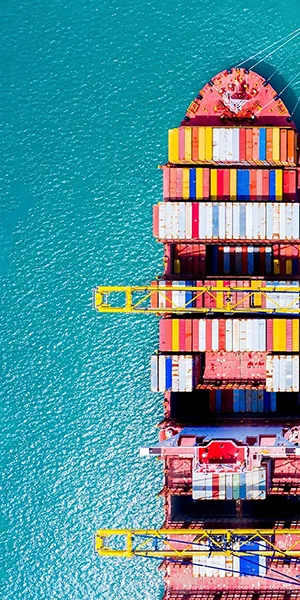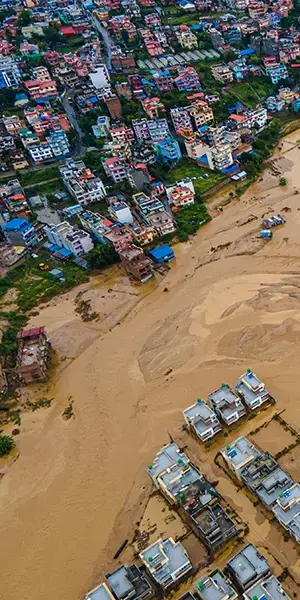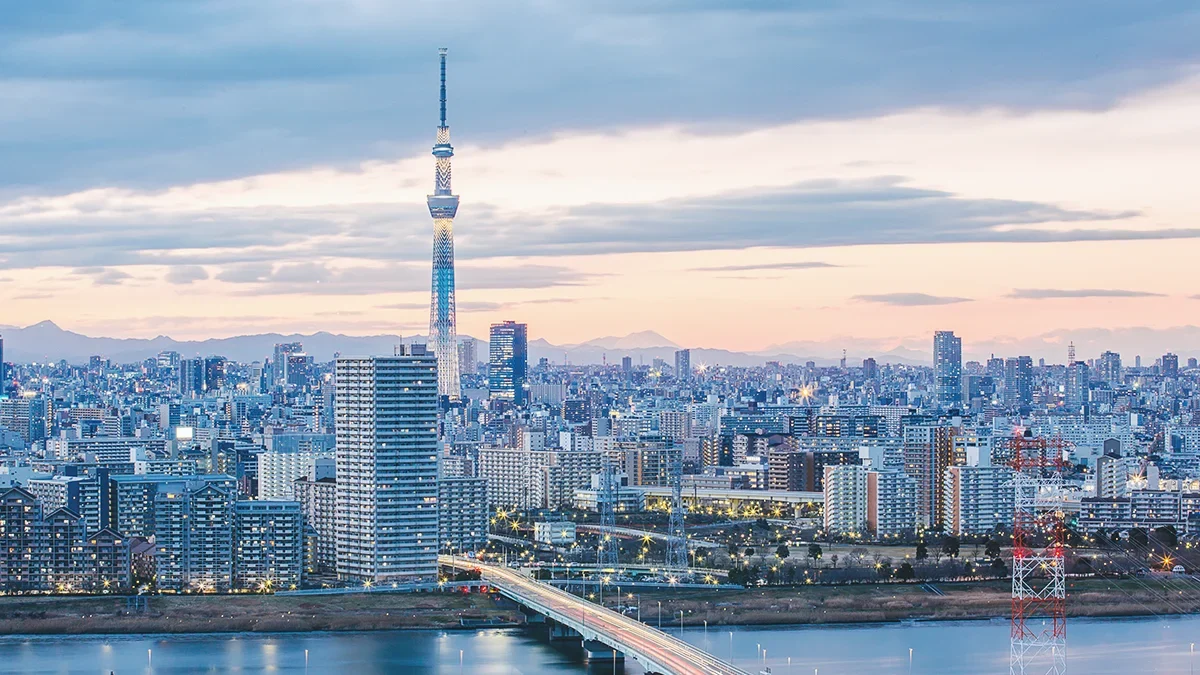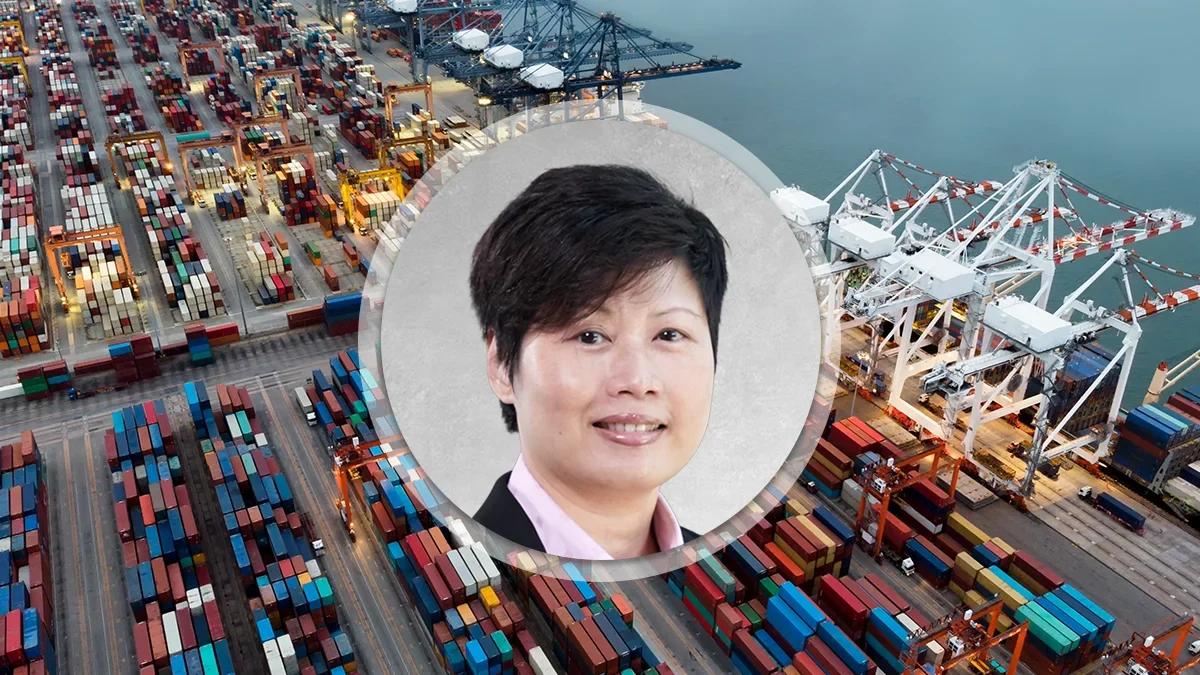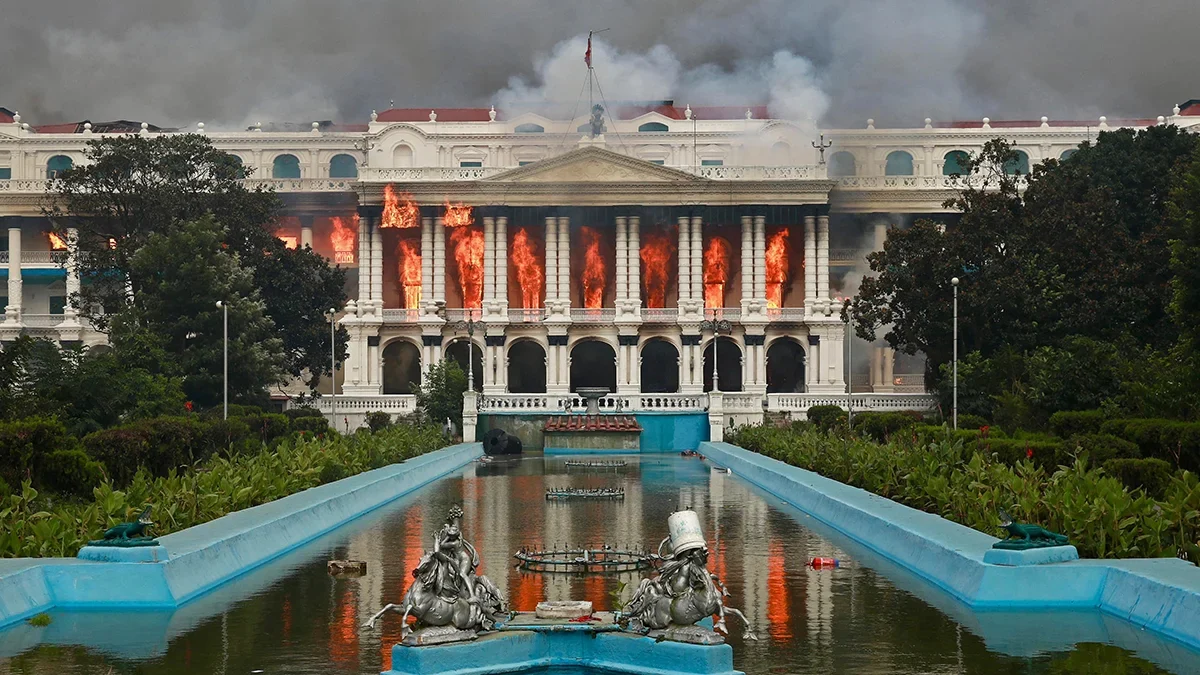(Re)in Summary
• AM Best notes that Asia-Pacific’s reinsurance market is entering a normalisation phase, with profitability supported by strong capital, ILS use, and stable regulation despite moderating rates.
• Ahead of 1.1 renewals, reinsurers are staying selective, preserving structures, conditions, and attachment points, while capacity from ILS and strong balance sheets underpinned stability.
• Northeast Asian reinsurers remain among the world’s most stable performers, supported by proportional treaties and expanding overseas portfolios.
• Earnings in South and Southeast Asia rose on benign catastrophe activity, higher investment yields, and selective rate firming in loss-hit segments such as Vietnam.
Asia-Pacific’s reinsurance market is transitioning into a “normalisation phase,” with profitability remaining solid even as competitive pressures return, as the region digests the gains of the hard-market years, according to AM Best.
During the Singapore International Reinsurance Conference (SIRC) 2025, the rating agency noted that reinsurers in the region are expected to stay profitable in 2025, supported by strong capital positions, the growing use of insurance-linked securities (ILS) within capital structures, and regulatory frameworks that promote stability and sustainable growth. While margins are beginning to tighten, these factors are expected to help offset pressure from moderating rates.
Ahead of the January 1 renewals, rates have started to soften following several years of hard-market conditions, but reinsurers remain cautious and selective, maintaining firm structures, conditions, and attachment points despite rising competition.
“We don’t expect any material changes in structures or conditions, especially in terms of lowering attachment points,” says Christie Lee, Senior Director and Head of Analytics at AM Best. “They will continue to focus on business quality, while investment returns will keep supporting the bottom line.”
The Northeast Asian composite, led by major North Asia reinsurers, has been among the most stable globally, with combined ratios hovering around 100% for the past decade. This reflects the strength of domestic reinsurers’ market dominance and the widespread use of proportional treaties with loss-sensitive features that limit downside risks.
Profitability only weakened in 2022, when investment income declined amid China’s real-estate downturn. “2022 was an exception, where the combined ratio remained stable, but the RoE dipped because of the weaker investment returns for Chinese reinsurers during the real estate crisis,” Lee adds.
Results for 2023 and 2024 were reported under IFRS 17, which reduced combined ratios by around five percentage points on average due to discounting effects. Even so, operating performance remained solid, buoyed by disciplined underwriting and higher investment yields.
At the same time, Northeast Asian reinsurers have expanded aggressively overseas. APAC P&C premiums from overseas markets rose from 22% in 2010 to 42% in 2024, with the U.S. accounting for 18% and Europe about 10% of portfolios.
This expansion has enhanced diversification, capital efficiency, and investment opportunities, while greater exposure to longer-tail casualty lines has improved asset–liability matching. Growth in speciality lines has also driven technical capability and product innovation at home.
“With these expansions to speciality lines, it allows insurance companies to learn the technical know-how, and use it for product innovations in the home market or meeting reinsurance demand.”
By contrast, certain domestic opportunities are narrowing. In Japan, stronger capital positions and reforms to unwind strategic equity holdings have led insurers to retain more risk, shrinking the reinsurance premium pool even as the country’s nat-cat programs remain among the world’s largest. As reinsurers look elsewhere for growth, Japan’s major players, Tokio Marine, MS&AD, and Sompo, are responding by expanding overseas, tightening underwriting, and investing in digital capabilities.
Southeast Asia sustains earnings growth
Meanwhile, South and Southeast Asia recorded another year of solid earnings in 2024, buoyed by benign catastrophe activity, firmer pricing following prior market corrections, and higher investment income amid elevated interest rates.
Retrocession renewals remained steady and disciplined, with rates moderating after years of hard-market adjustments. Reinsurers continued to deploy capital selectively, favouring named-peril coverage and limiting exposure to multi-peril or multi-region programs. “This suggests that the market is in the process of finding equilibrium,” says Chris Lim, Associate Director at AM Best.
Even so, competitive pressures are rising. The agency observed more treaty over-placements and downward pressure on rates, particularly in markets where underwriting performance has been strong. While profit margins remain healthy, they are likely at a cyclical peak.
Weather-related losses continue to test the region’s resilience. Typhoon Yagi, which produced Vietnam’s largest insured loss in 2024, alongside severe flooding in India and typhoons in the Philippines, underscored the region’s exposure to climate risk. Consequently, loss-hit layers faced rate increases of up to 30% and tighter terms, even as loss-free programs benefited from renewed competition. In Vietnam and other high-hazard sectors such as offshore wind and thermal power, pricing hardened selectively despite a generally softening market.
Reinsurers are also diversifying beyond the property catastrophe business. There is growing interest in non-property lines and the use of managing general agents (MGAs) to access new distribution channels. Recent launches such as Fidelis Partnership’s Arenite MGAs targeted to Asia-Pacific and Latin America, and Australia-based Codex Insurance, show players are using the model to reach sectors like surety, credit, and cyber.





